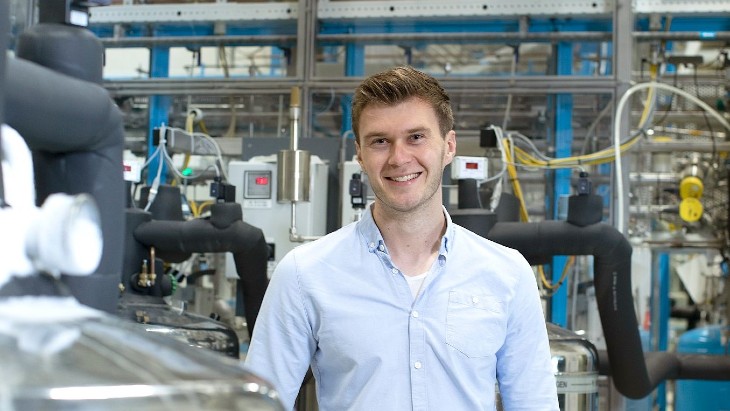General contract signed for Tianwan Phase IV
.jpg)
The contracts were signed in Beijing on 7 March by AtomStroyExport, the engineering division of Russian state nuclear corporation Rosatom, and China National Nuclear Corporation (CNNC).
Rosatom said the contracts had been prepared in accordance with the strategic package of agreements signed during a visit by Russian President Vladimir Putin to China last June. This package defines cooperation between Russia and China in the nuclear industry in the coming decades, it added.
Those agreements included the construction of two VVER-1200 reactors as units 7 and 8 of the Tianwan plant, as well as two VVER-1200 units to be built at the new Xudabao site. Contracts for Tianwan 7 and 8 were signed between CNNC and Rosatom in early November marking the implementation of the framework contracts.
Tianwan Phase I - units 1 and 2 - was constructed under a 1992 cooperation agreement between China and Russia. First concrete was poured in October 1999, and the units were commissioned in June 2007 and September 2007, respectively.
Tianwan Phase II - units 3 and 4 - are similar to the first stage of the Tianwan plant, comprising two AES-91 VVER-1000 units designed by Gidropress and supplied by Rosatom. First concrete for unit 3 was poured in December 2012, while construction of the fourth unit began in September 2013. Unit 3 entered commercial operation in February 2018, with unit 4 following last December.
Construction of Tianwan Phase III - units 5 and 6 - was originally scheduled to start in early 2011. However, following the March 2011 accident at Japan's Fukushima Daiichi plant, the Chinese government suspended the approval of new nuclear power projects, including those two units.
The latest Five-Year Plan called for construction of Phase III of the Tianwan plant to be accelerated. China's State Council gave its approval for Tianwan units 5 and 6 - both featuring Chinese-designed 1080 MWe ACPR1000 reactors - on 16 December 2015. First safety-related concrete was poured for unit 5 on 27 December 2015, with that for unit 6 poured on 7 September 2016. CNNC plans to put both units 5 and 6 into commercial operation by the end of 2021.
The Xudabao project was originally expected to comprise six Chinese-designed CAP1000 reactors, with units 1 and 2 in the first phase. Site preparation began in November 2010. The National Development and Reform Commission gave its approval for the project in January 2011. China's National Nuclear Safety Administration (NNSA) announced its approval of the site selection for Xudabao units 1 and 2 in April 2014.
In September 2018, Rosatom said it hoped to commission units 3 and 4 in 2027-2028, according to the World Nuclear Association's information paper on China.
_92619.jpg)


_84504.jpg)







